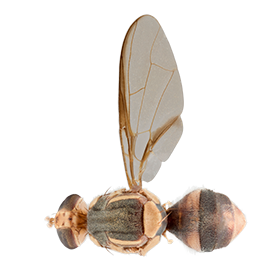Diagnosis
Morphological – adult
Medium sized species.
Features include:
- medium sized pear shaped facial spots present
- postpronotal lobes and notopleura yellow
- scutum black
- mesopleural stripe ending midway between anterior margin of notopleuron and anterior npl. seta
- lateral postsutural vittae present
- medial postsutural vitta absent
- scutellum yellow
- wing with a narrow fuscous costal band and anal streak
- cells bc and c colourless
- microtrichia in outer corner of cell c only
- males with all leg segments fulvous except hind tibiae fuscous, females with dark colour patterns on femora and tibiae
- abdominal terga III-V generally black with a medial longitudinal fulvous area from posterior margin of tergum III to tergum V
- posterior lobe of male surstylus short
- female with apex of aculeus needle shaped (Drew 1989; pers. comm. Drew 2010).
Morphological – larvae
Information not available.
Molecular
PCR-RFLP Test 1
BsrI: Data not available
HinfI: Data not available
HhaI: Data not available
Sau3AI: Data not available
SnaBI: Data not available
SspI: Data not available
Vspl: Data not available
PCR-RFLP Test 2
No fully diagnostic restriction enzymes, but a combination of several can be chosen to distinguish B. trivialis from other Bactrocera and species in other genera.
See Restriction enzyme haplotype chart and Diagnostic restriction patterns.
Gallery
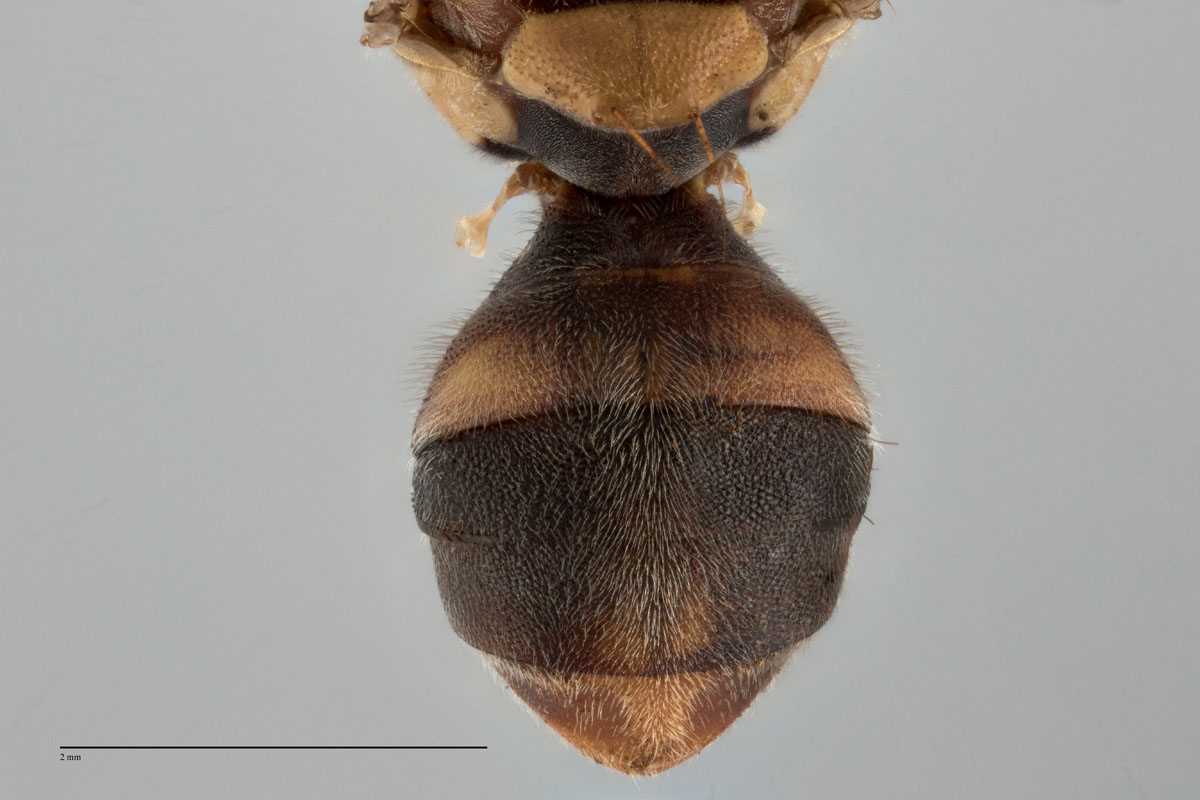 link
linkBactrocera trivialis - Abdomen dorsal Classic TRV001
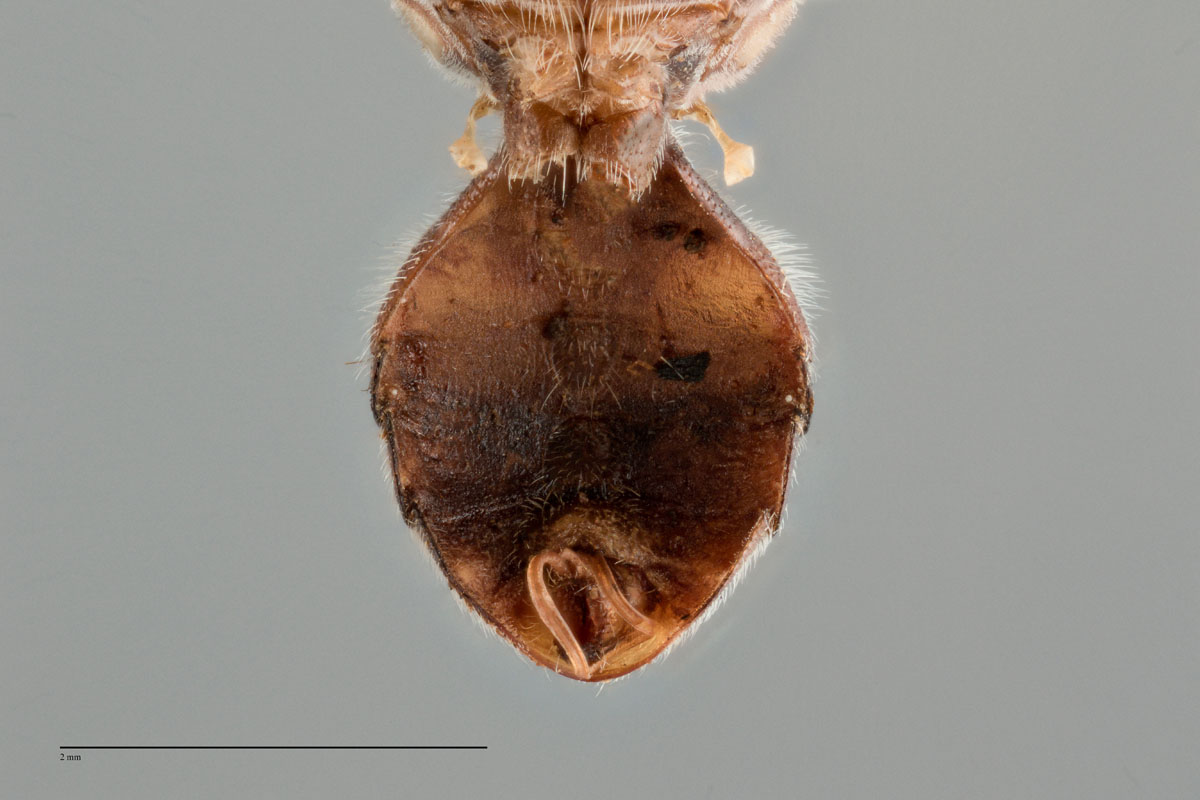 link
linkBactrocera trivialis - Abdomen ventral Classic TRV001
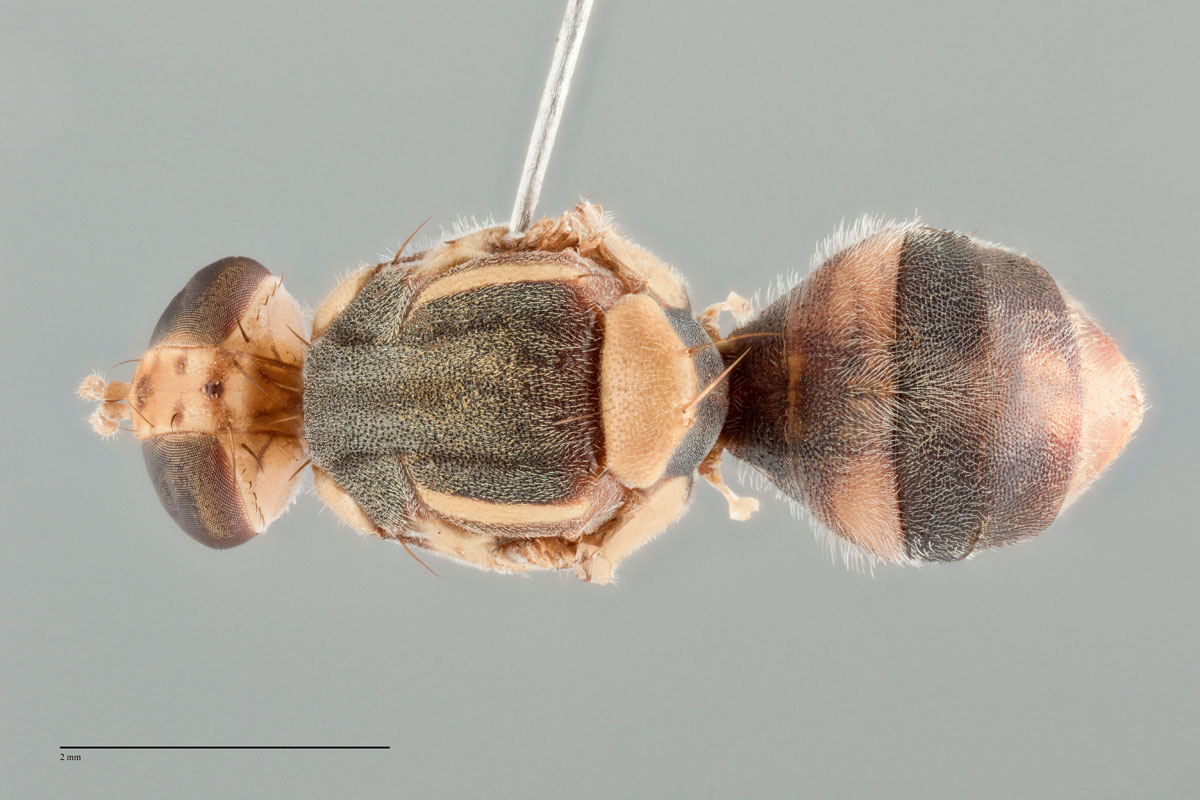 link
linkBactrocera trivialis - Entire body dorsal Classic TRV001
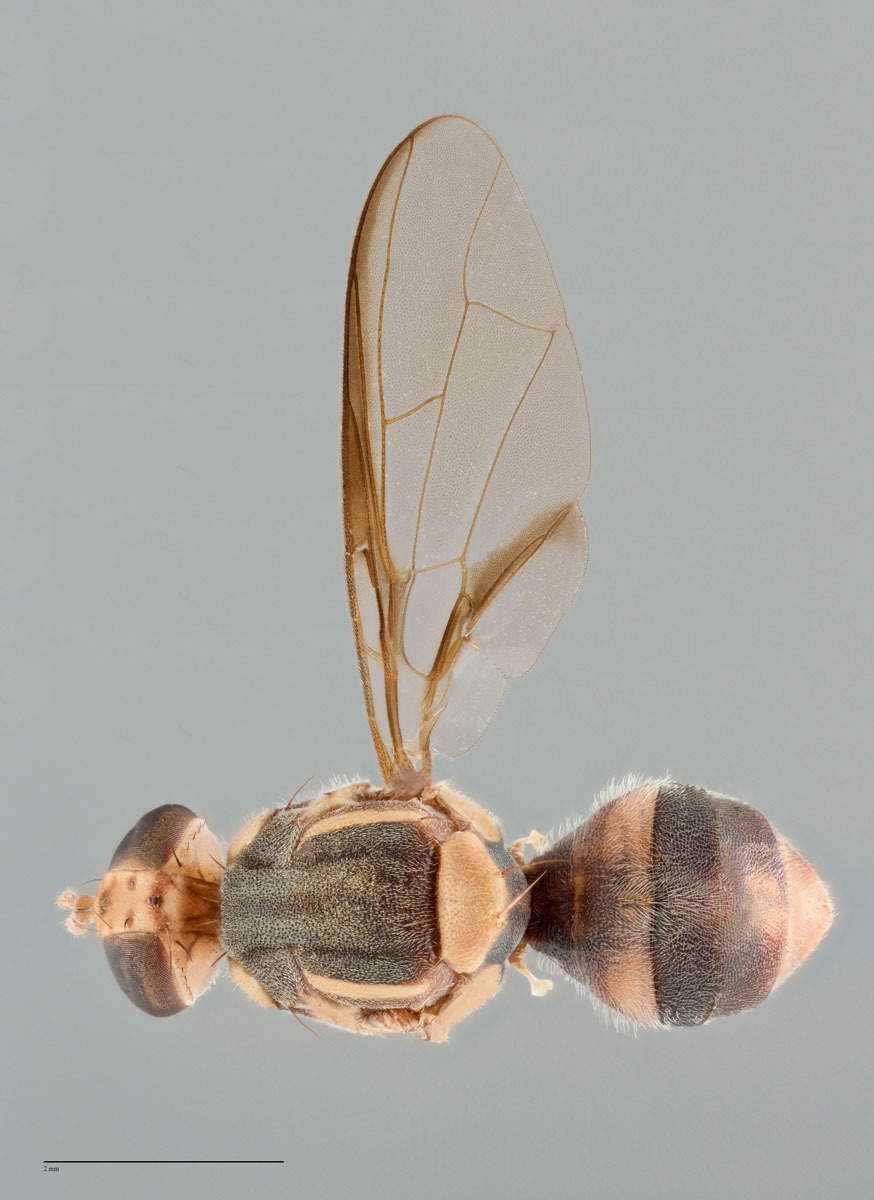 link
linkBactrocera trivialis - Entire body dorsal with wing Classic TRV001
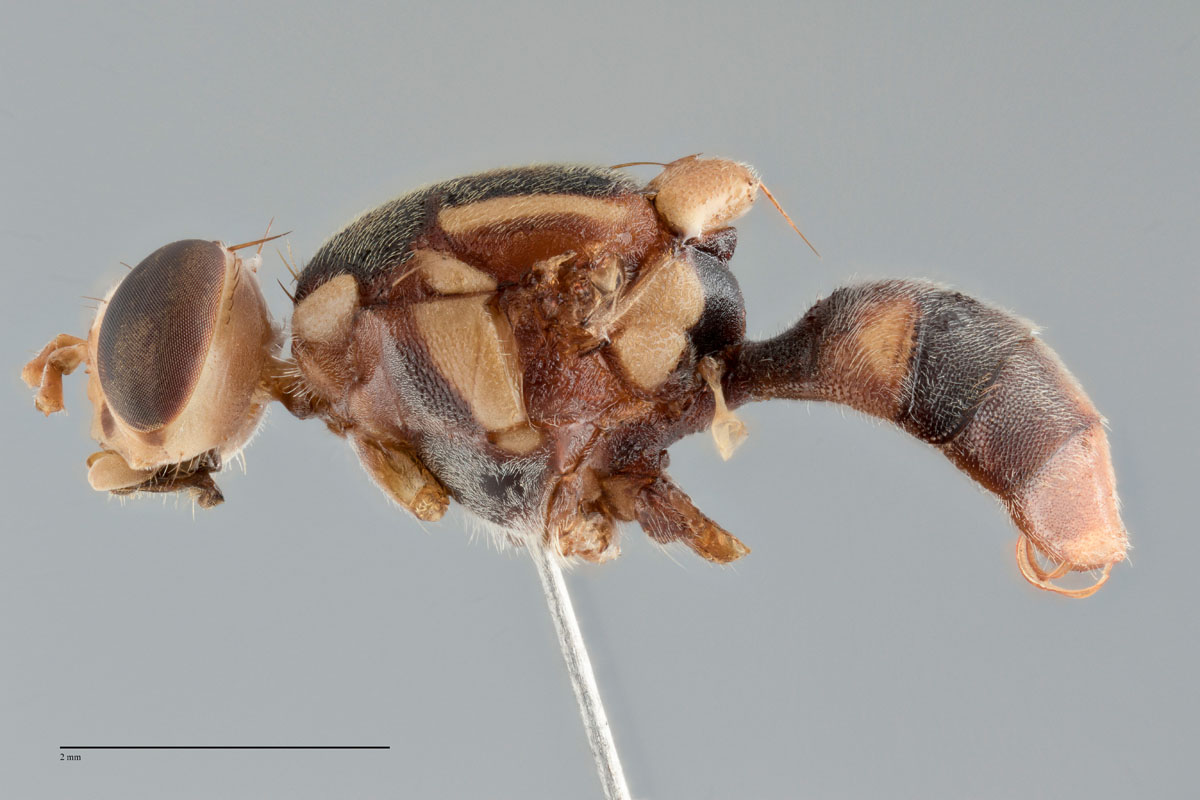 link
linkBactrocera trivialis - Entire body lateral Classic TRV001
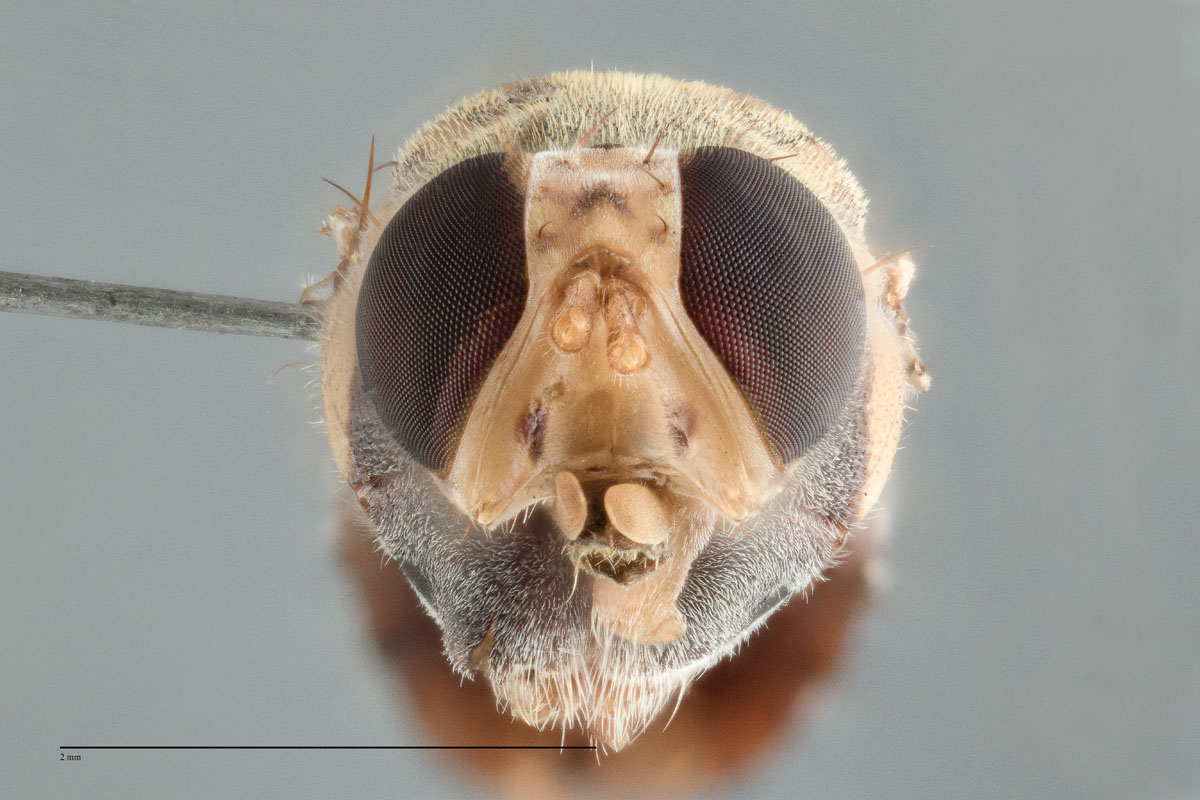 link
linkBactrocera trivialis - Head Classic TRV001
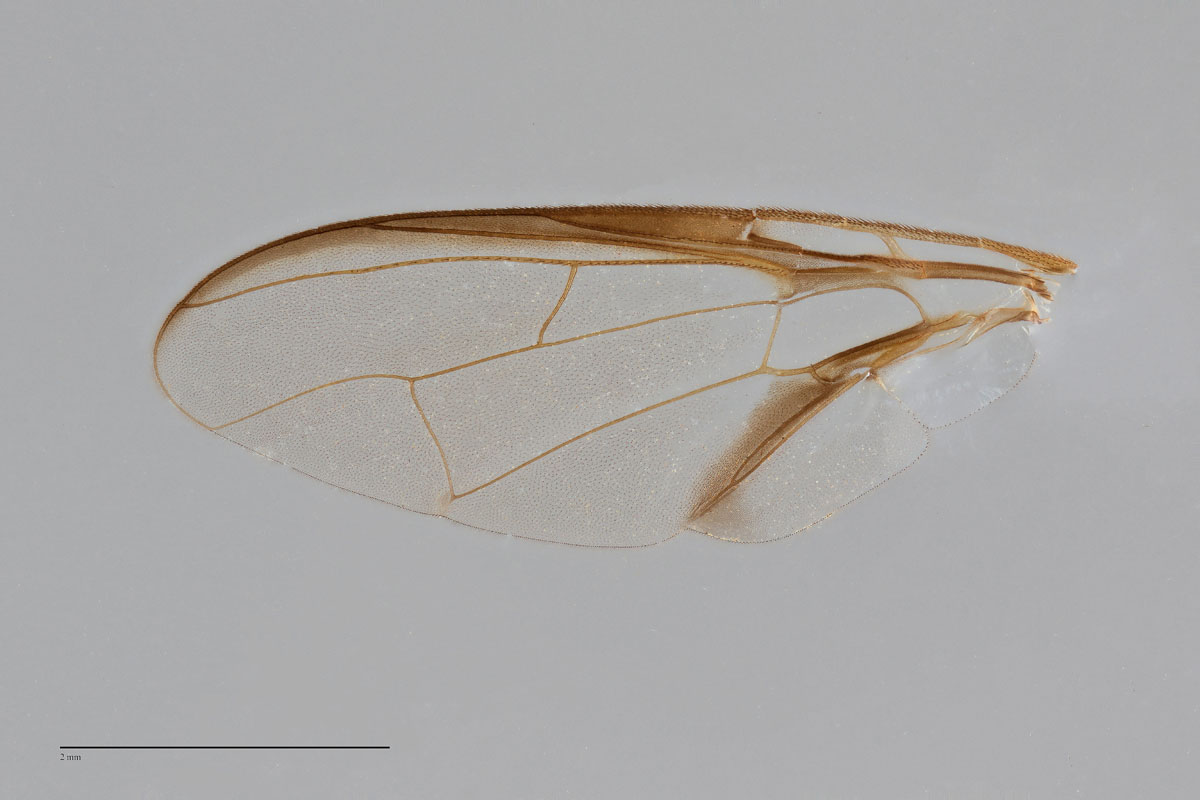 link
linkBactrocera trivialis - Left wing Classic TRV001
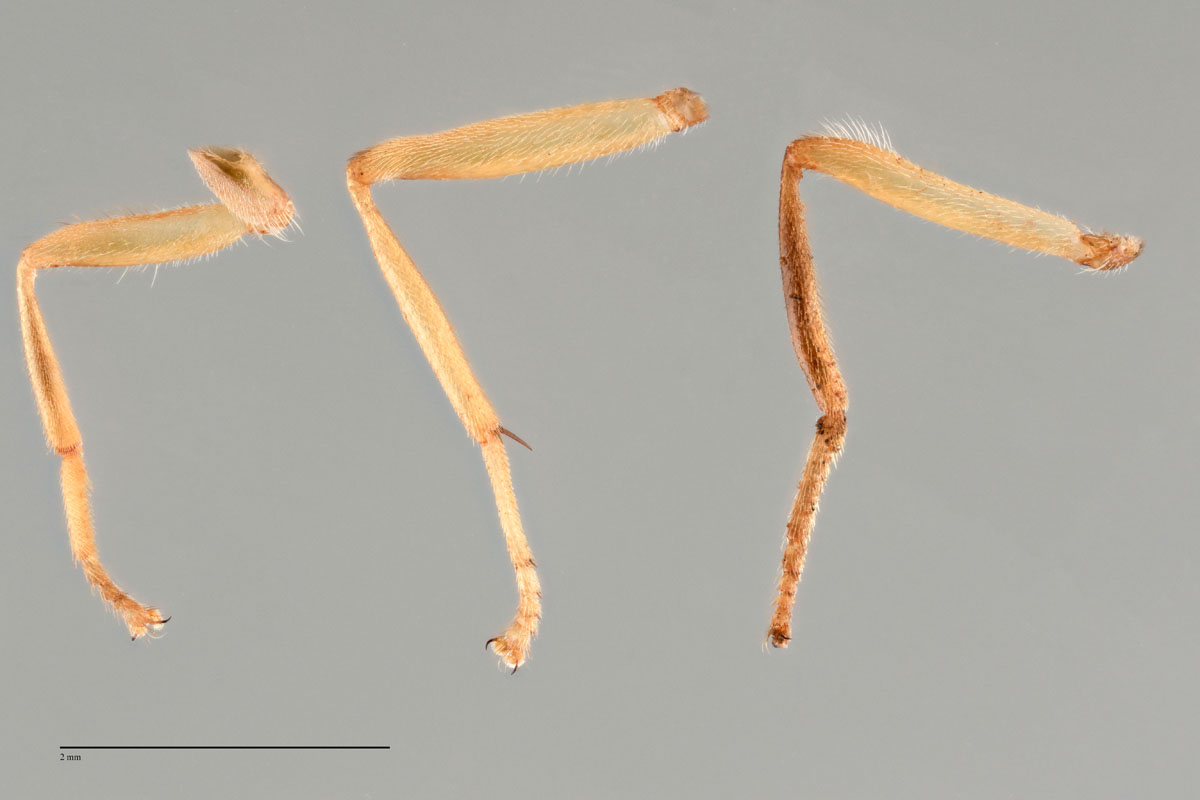 link
linkBactrocera trivialis - Legs Classic TRV001
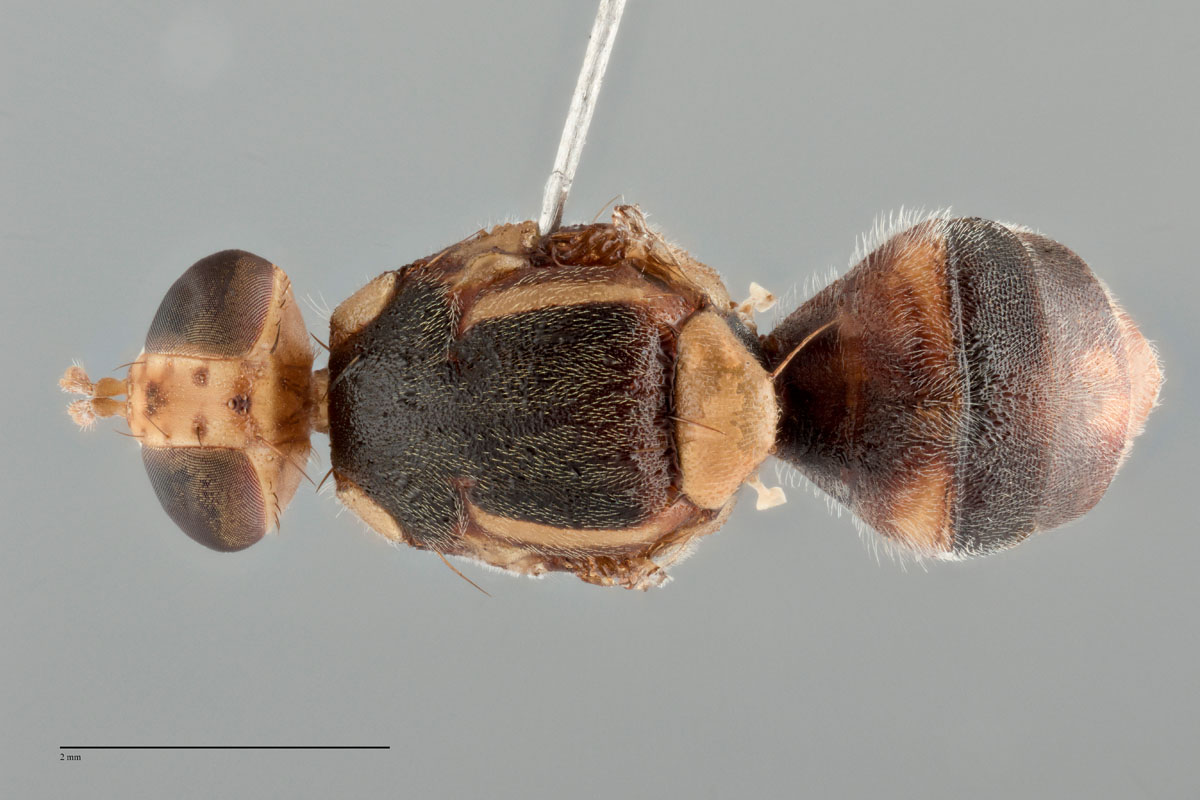 link
linkBactrocera trivialis - Scutum pattern Classic TRV001
Host Range
Bactrocera trivialis has been recorded on 17 hosts from ten families. These include: Anacardiaceae, Combretaceae, Euphorbiaceae, Myrtaceae, Rosaceae, Rutaceae, Santalaceae and Solanaceae (for a full list of recorded hosts see Leblanc et al. 2012).
- Capsicum frutescens (chilli)
- Citrus x paradisi (grapefruit)
- Mangifera indica (mango)
- Prunus persica (peach)
- Psidium guajava (guava)
Distribution
Mainland Papua New Guinea (less common in the Highlands than at low elevations), Indonesia (Irian Jaya) (Drew 1989). The record from Sulawesi (White and Elson-Harris 1992) is doubtful.
Seasonal incursions from Papua New Guinea to the Torres Strait islands occur most years and are promptly detected and eradicated under the Exotic Fruit Fly in Torres Strait Response Plan jointly run by the federal and state agriculture departments.
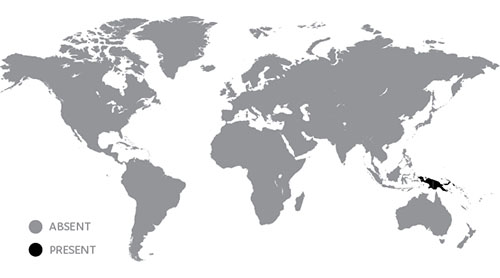
Other comments
Seasonal incursions into the Torres Strait islands from Papua New Guinea occur most years. These are promptly detected and eradicated under the Exotic Fruit Fly in Torres Strait Response Plan, jointly run by the federal and state agriculture departments. This response program has been successfully eradicating exotic pest fruit fly incursions for 20 years.
Similar species
A large collection of specimens reared from grapefruit at Mt. Hagen, 1980, 1981, show sexual dimorphism in leg colour patterns: females possess fore, mid and apical 1/3 of hind femora dark fuscous, fore tibiae and apical four segments of fore tarsi fuscous, hind tibiae dark fuscous; males have all segments fulvous except hind tibiae fuscous.
B. trivialis can appear similar to B. rufofuscula, a cue-responsive north Queensland rainforest species. However, B. trivialis has a black scutum whereas B. rufofuscula has a dark brown scutum and the lateral bands broadly joining on tergum III.
Pest Status
Attractant/Lure
Cue lure
